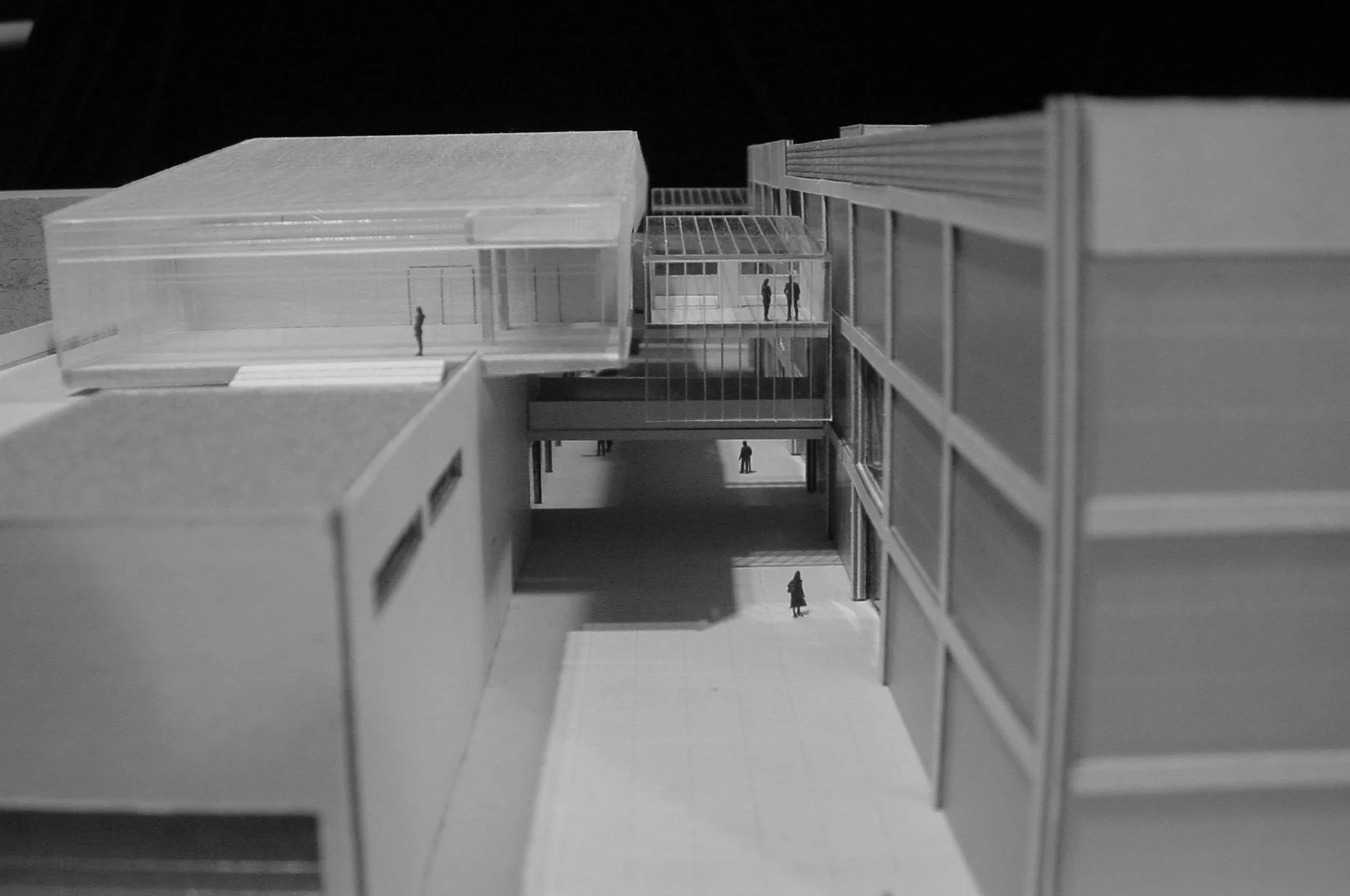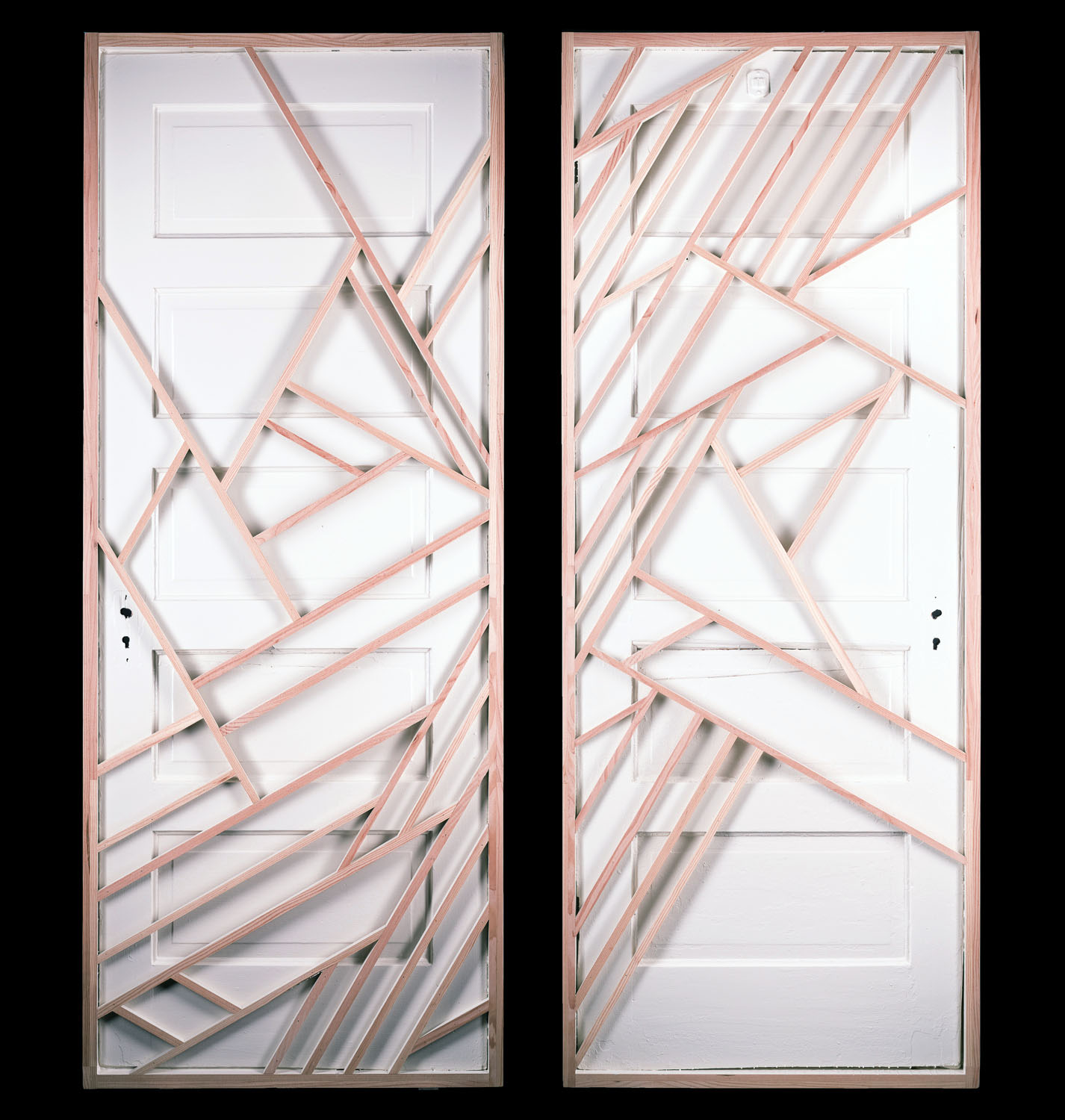Safe and Secure: Finding a Happy Home for You and Your Dog
February 19, 2018
Location, location, location. That’s what real estate agents emphasize to prospective home buyers, a reminder that everything comes down to factors like neighborhoods, schools, resale value, and nearby services. Location is also important if you’re a dog owner. Like humans, dogs are sensitive to their surroundings and thrive in happy, healthy and safe environments. If you feel content and secure, chances are so will your dog. So when you’re considering buying a new home in a new community, bear in mind that location will affect your dog just as it will you and your family.
Green space
Dogs need room for exercise and opportunities for regular physical activity. But you don’t need to pass on a house for your pooch’s sake just because a house lacks a spacious yard. If there’s a nearby park, wooded area or walking paths, you and your dog can get as much exercise as you would by romping together in the back yard.
However, there’s more to keeping a dog healthy than exercise. If yours gets loose, a busy street or intersection can pose a lethal threat. A home with a fenced yard in a quiet residential neighborhood might make more sense if you’re a dog owner. If you find a home and neighborhood you like, do your research and find out whether it’s a dog-friendly area. Try to find out whether your neighbors have dogs. It’s reassuring to know that if your dog runs off, someone nearby might be willing to protect and return him.
A dog-friendly layout
Many home buyers simply forget to consider whether a house’s interior makes sense for their pets. Making sure your dog will be safe at home is a matter of common sense and a little forethought. An older dog with arthritic limbs will have a very hard time climbing stairs, or getting around in a large house. A puppy may be very tempted to chew on carpeting or to get into mischief if windows are at floor level, so be thorough when looking for potential trouble spots.
New surroundings, familiar things
Sometimes even the friendliest dogs need some “alone time” and a place to get away for a little while. As you move into a new home take the time to create a comfortable space, with your dog’s favorite toys and comforting items with familiar smells. If you have a small dog, set up a little bed or space where your furry friend can take a nap or retreat to when anxious.
It’s a good way to help your dog acclimate to new surroundings and maintain a sense of constancy during a very chaotic time. If possible, put your dog’s bowls, blankets and other objects in the same room as in your previous home - perhaps the kitchen or family room. Keep a leash handy and go for a walk around your new yard as soon as possible to help your pet get used to the brand new environment.
‘Scared’ behavior
Even grown-up dogs lose control when they’re scared. Don’t be surprised if yours has an accident or marks his territory with urine if the previous owner had a pet. It’s not unusual for a normally independent dog to become emotionally needy or “clingy,” so be ready to show special care and support. It’s also important to watch for diarrhea, coughing, loss of appetite, aggressive behavior or other overt signs of illness or maladjustment.
When it’s time to look for a new home, remember to take care of your dog as you would any other member of the family. A little special care can go a long way toward helping your friend make what can be a very difficult transition.
Courtesy of Pixabay.com
Article provided by Medina at DogEtiquette.info















